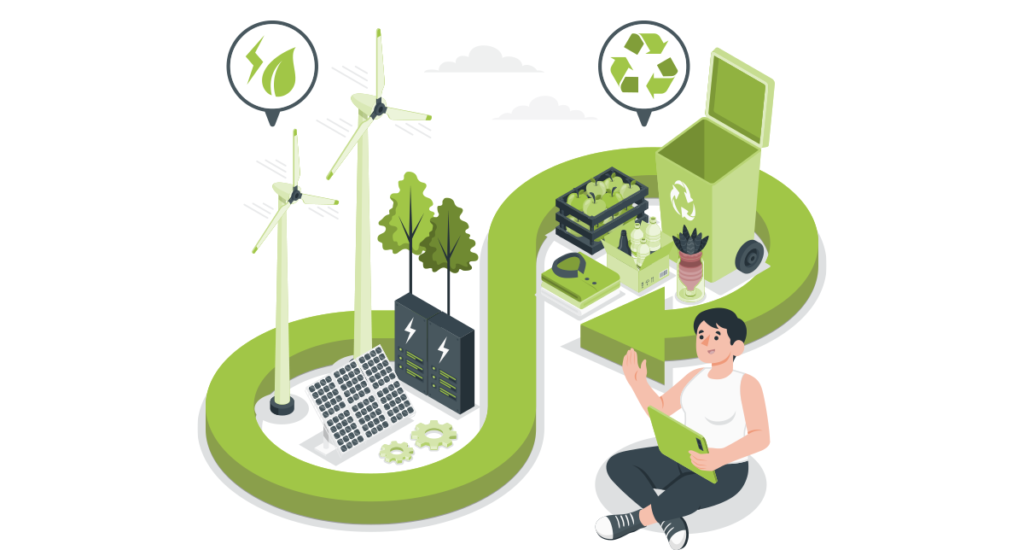
Sustainable technology is not just a buzzword—it’s a transformative movement reshaping our world. From advanced renewable energy systems to eco-friendly gadgets, sustainable technology is emerging as the backbone of an environmentally friendly future. In this article, we’ll explore green tech innovations, dive into rigorous research data, and examine inspiring case studies that highlight how sustainable technology is driving change. Let’s dive in!
Understanding Sustainable Technology and Its Impact
Sustainable technology, at its core, refers to the design, development, and deployment of technologies that significantly reduce environmental impacts while meeting the needs of the present without compromising future generations. This includes everything from renewable energy solutions to smart grids and eco-friendly consumer devices.
What is Sustainable Technology?
Sustainable technology encompasses innovations that promote environmental, economic, and social sustainability. By integrating renewable energy, energy efficiency, and resource conservation, sustainable technology aims to reduce carbon footprints and foster long-term ecological balance. This field has gained momentum in recent years thanks to growing global concerns over climate change, resource depletion, and environmental degradation.
Key Points:
Renewable Energy: Technologies harnessing solar, wind, and geothermal energy.
Eco-Friendly Devices: Gadgets designed with sustainability in mind, using recyclable materials and energy-efficient components.
Smart Infrastructure: Systems that optimize energy usage and reduce waste in urban environments.
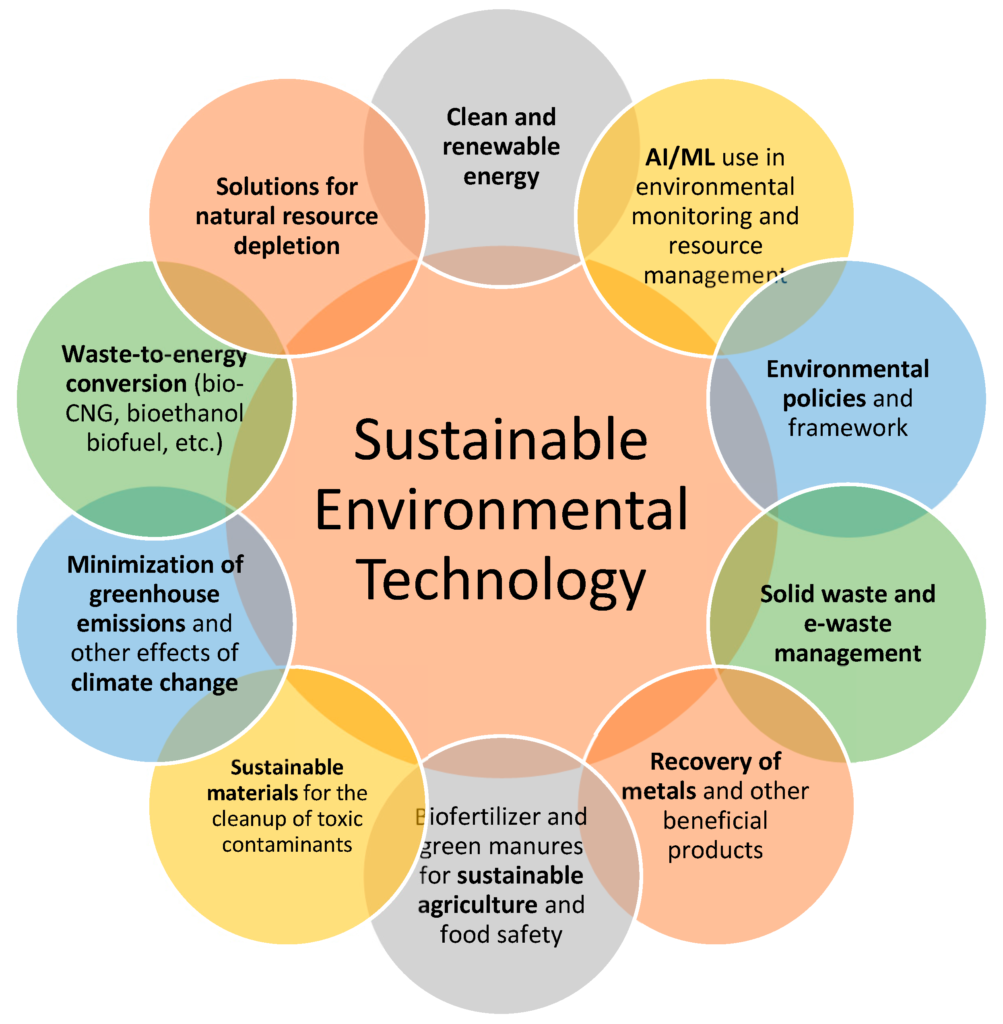
According to recent reports from IEEE and Nature, sustainable technology is expected to grow at a compound annual rate of over 12% between 2023 and 2025. Research from Statista also shows a substantial rise in global investments in renewable energy and green tech startups. For more insights into eco-friendly innovations, check out our article on The Future of Renewable Energy.
Key Green Tech Innovations Leading the Change
Innovation in green tech is surging, driven by both the urgent need for environmental stewardship and the lucrative potential of sustainable solutions. In this section, we explore some of the groundbreaking innovations in sustainable technology that are making waves today.
Renewable Energy Advancements
Renewable energy remains the cornerstone of sustainable technology. Solar panels and wind turbines are now more efficient and cost-effective than ever. Researchers at MIT Tech Review highlight the development of perovskite solar cells that promise higher efficiency rates compared to traditional silicon-based cells. These advancements not only reduce greenhouse gas emissions but also create new economic opportunities in energy generation.
Solar Innovations:
Next-gen perovskite solar cells with increased durability.
Bifacial panels capturing sunlight from both sides.
Wind Energy Breakthroughs:
Offshore wind farms harnessing stronger, more consistent winds.
Innovations in turbine design for quieter and more efficient operations.
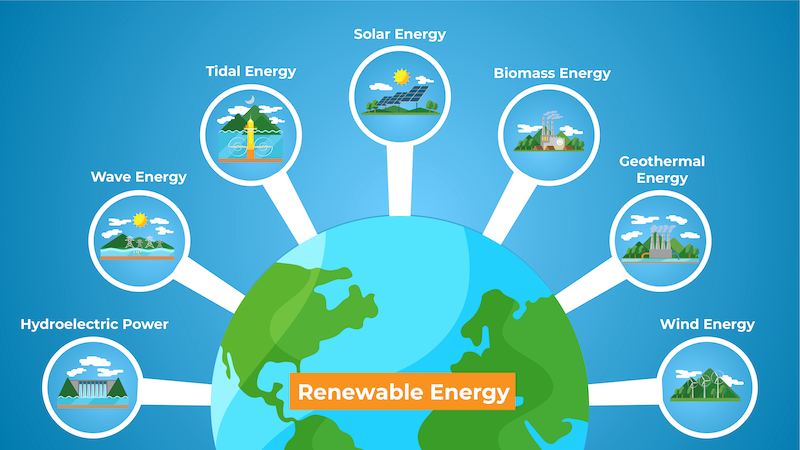
Energy Storage and Smart Grids
Even the most efficient renewable energy systems need reliable storage solutions. Advances in battery technology—such as solid-state batteries and flow batteries—are crucial to overcoming the intermittency issues associated with renewable energy. Gartner’s recent reports indicate that energy storage technology is evolving rapidly, making smart grids more resilient and reliable.
Battery Innovations:
Solid-state batteries offering higher energy density and longer lifespans.
Flow batteries that allow for scalable energy storage solutions.
Smart Grid Solutions:
Integration of IoT devices to monitor and optimize energy distribution.
Real-time analytics that improve grid reliability and reduce energy wastage.
Eco-Friendly Consumer Electronics
The push towards sustainability has also reached consumer electronics. Many tech companies are now designing products that are not only powerful and sleek but also environmentally responsible. From smartphones with recyclable components to laptops powered by renewable energy, sustainable technology is proving that eco-friendly innovation does not compromise performance.
Green Gadgets:
Devices designed with modular components for easy repair and upgrade.
Use of recycled materials in manufacturing processes.
Energy-Efficient Operations:
Advanced power management systems that extend battery life and reduce energy consumption.
As the world continues to embrace sustainable technology, green tech innovations are set to redefine how we interact with energy and resources. Researchers and industry leaders alike are optimistic, noting that these advancements are just the beginning of a cleaner, more sustainable future.
Real-World Case Studies: Pioneers in Green Tech
To truly grasp the impact of sustainable technology, it’s essential to look at real-world examples where green tech innovations have driven significant positive change. Let’s explore a few case studies that illustrate the practical benefits of sustainable technology.
Case Study 1: Tesla’s Solar Roof and Energy Storage Revolution
Tesla has been a trailblazer in integrating sustainable technology into mainstream applications. Their innovative Solar Roof combines aesthetics with functionality, transforming conventional roofs into energy-generating powerhouses. Paired with the Powerwall home battery system, Tesla’s approach not only reduces reliance on fossil fuels but also ensures energy security during outages.
Impact:
Reduced household energy bills and carbon footprints.
Encouraged a wave of residential renewable energy adoption.
Research Insight:
Studies from Nature and IEEE underscore how integrated renewable energy systems can reduce urban emissions by up to 30% in densely populated areas.
Expert Quote:
“Tesla’s innovations are reshaping the energy landscape, proving that sustainable technology can be both beautiful and functional,” said an industry expert in a recent interview with MIT Tech Review.
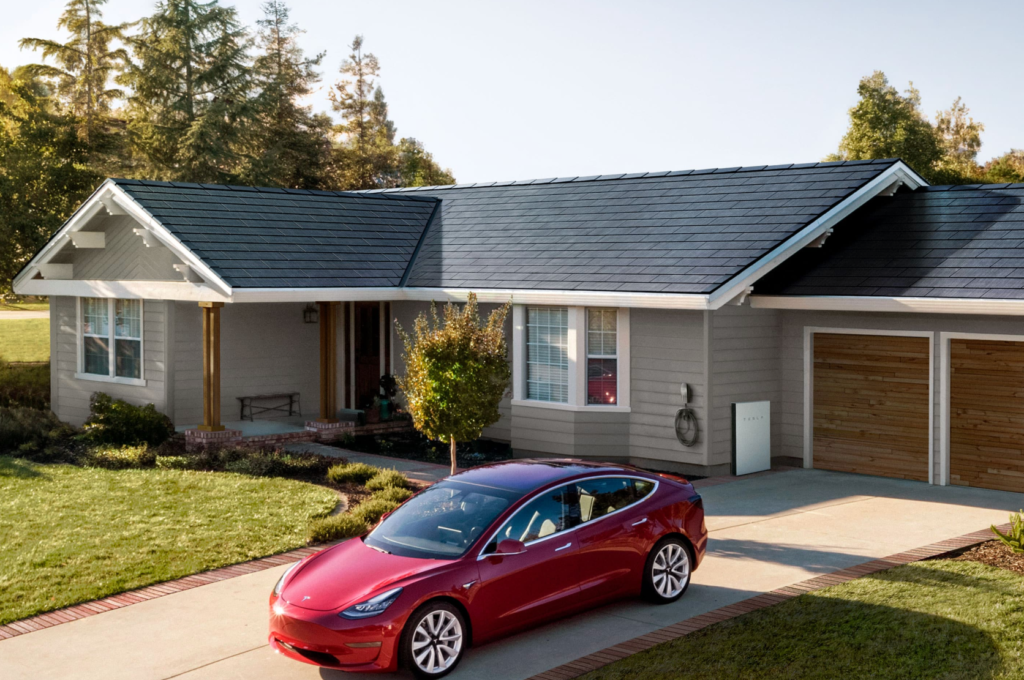
Case Study 2: A Startup in Berlin Revolutionizes Urban Mobility
A Berlin-based startup has taken a fresh approach to urban transportation by launching an electric scooter-sharing platform that emphasizes sustainability and efficiency. This initiative not only provides eco-friendly transportation options for city dwellers but also integrates a smart app for real-time tracking and route optimization. The project has garnered attention from several European sustainability councils and is being hailed as a benchmark for urban mobility solutions.
Impact:
Decreased urban congestion and reduced vehicular emissions.
Enhanced accessibility and convenience for commuters.
Innovative Edge:
Use of renewable energy-powered charging stations.
Real-time data analytics improving service efficiency.
Expert Perspective:
“This model proves that sustainable technology in urban planning is not just feasible but essential for future cities,” commented a transport analyst from Statista.
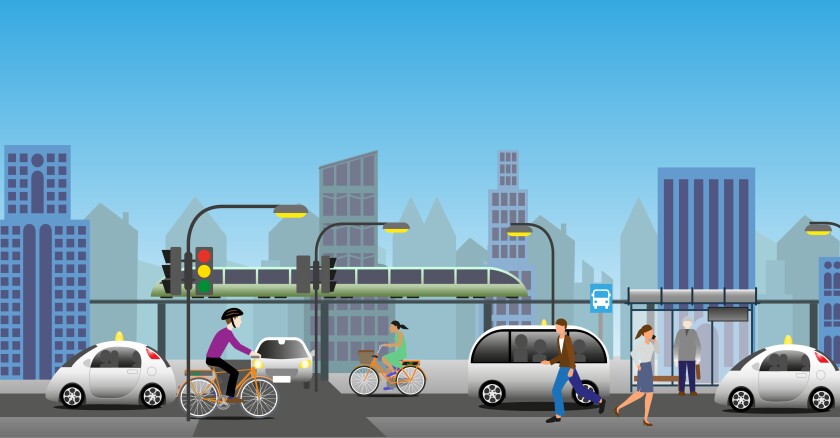
Case Study 3: Industrial Automation with Green Tech at Siemens
Siemens, a global leader in industrial automation, has been pioneering sustainable technology in manufacturing. By integrating energy-efficient robotics and AI-driven process optimizations, Siemens has significantly reduced energy consumption in its production lines. Recent data from Gartner reveals that Siemens’ sustainable automation solutions have decreased factory energy usage by up to 25% while boosting productivity.
Impact:
Lowered production costs and enhanced environmental performance.
Set new industry benchmarks for sustainable manufacturing.
Technical Insight:
Incorporation of IoT sensors and machine learning for predictive maintenance and energy optimization.
Expert Opinion:
“Siemens’ approach exemplifies how traditional industries can adopt sustainable technology to drive efficiency and sustainability,” noted an IEEE research paper.
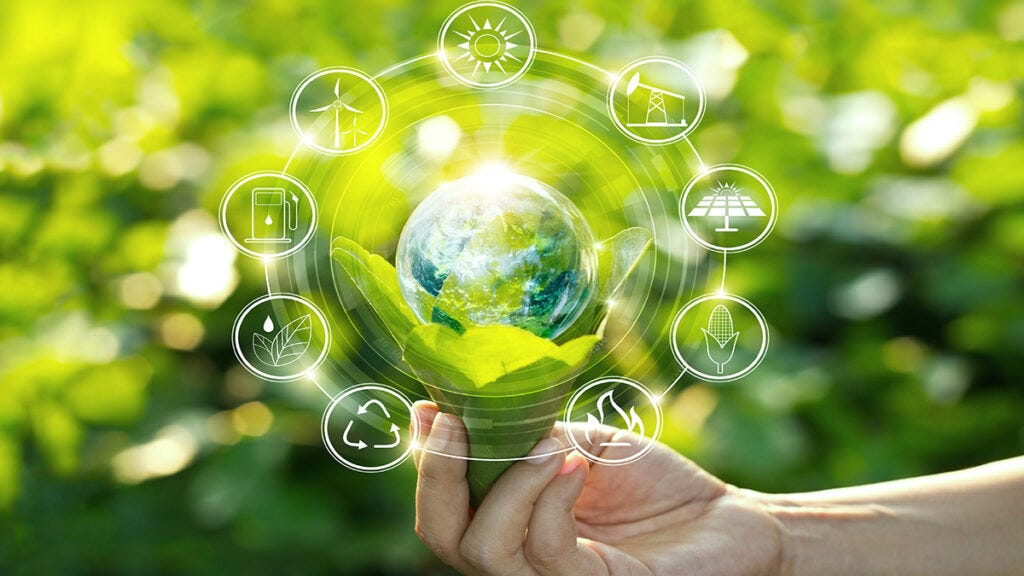
Challenges and Considerations in Adopting Sustainable Technology
Despite its enormous potential, sustainable technology faces several challenges that need to be addressed for widespread adoption. Let’s break down the main hurdles and consider potential solutions.
Economic and Financial Barriers
Implementing green tech innovations often requires significant upfront investment. Although the long-term benefits are clear, the initial costs can be prohibitive for small and medium-sized enterprises. Financing models are evolving, however, with government incentives, green bonds, and venture capital increasingly supporting sustainable technology projects.
Challenges:
High initial capital expenditure.
Uncertain return on investment in early stages.
Solutions:
Government subsidies and tax credits.
Public-private partnerships to mitigate financial risks.
Technical and Infrastructural Hurdles
Integrating sustainable technology into existing infrastructures is no small feat. Many older systems lack the compatibility or robustness required to support new eco-friendly innovations. Moreover, technical expertise in green tech is still developing, which can slow the pace of adoption.
Challenges:
Legacy infrastructure limitations.
Scarcity of skilled professionals in emerging sustainable technologies.
Solutions:
Investment in training and education programs.
Incremental upgrades and smart retrofitting of existing systems.
Regulatory and Policy Considerations
The regulatory landscape for sustainable technology is still maturing. As governments worldwide strive to balance economic growth with environmental protection, policies can sometimes lag behind technological advancements. Regulatory uncertainty can stifle innovation and deter investment.
Challenges:
Varying international standards and regulations.
Slow policy adaptation to new technologies.
Solutions:
Harmonization of global sustainability standards.
Proactive policymaking informed by current research from bodies like the IEEE and Nature.
Environmental Trade-offs and Risks
Even green technologies come with trade-offs. For instance, while renewable energy sources reduce greenhouse gas emissions, they may also require significant land use or lead to resource depletion in other areas. The challenge lies in balancing these factors to ensure net positive environmental outcomes.
Considerations:
Assessing full lifecycle impacts of green technologies.
Incorporating circular economy principles to minimize waste.
Expert Reflection:
“It’s critical to evaluate both the direct and indirect impacts of sustainable technology to truly achieve environmental benefits,” remarked a sustainability expert during a recent Gartner symposium.
The Future of Sustainable Technology: Trends and Predictions
Looking ahead, the future of sustainable technology is bright and full of promise. As global awareness of environmental issues intensifies, innovation in green tech will only accelerate. Here are some trends and predictions shaping the next phase of sustainable technology.
Integration with Artificial Intelligence and IoT
Artificial intelligence (AI) and the Internet of Things (IoT) are playing increasingly pivotal roles in optimizing sustainable solutions. Smart sensors, real-time analytics, and AI-driven predictive maintenance are revolutionizing energy management systems, ensuring more efficient resource use and reduced waste.
Key Trends:
AI algorithms optimizing energy distribution in smart grids.
IoT-enabled monitoring systems for real-time environmental data.
Predictions:
Increased integration of AI and IoT will drive energy efficiency improvements by 20-30% in urban infrastructures.
Enhanced predictive analytics will further minimize system downtimes and maintenance costs.
Emergence of Circular Economy Models
A circular economy—a regenerative system that minimizes waste through recycling, reusing, and repurposing resources—is becoming an integral part of sustainable technology. Companies are now rethinking product life cycles to create systems where materials continuously flow through the economy rather than ending up as waste.
Future Outlook:
Greater emphasis on designing products for disassembly and recycling.
Collaboration between industries to create closed-loop supply chains.
Expert Insight:
“Circular economy models not only reduce environmental impact but also unlock new economic opportunities,” explained an analyst in a recent Statista report.
Advances in Material Science
Innovations in material science are unlocking new possibilities for sustainable technology. From biodegradable materials to self-healing polymers, these breakthroughs are paving the way for products that last longer and have minimal environmental footprints. Emerging research from Nature and IEEE underscores the importance of next-generation materials in creating sustainable solutions.
Innovative Materials:
Biodegradable composites for consumer electronics.
Self-healing materials in infrastructure and construction.
Implications:
Reduced reliance on non-renewable resources.
Enhanced durability and sustainability of products.
Policy and Investment Boost
With governments around the world recognizing the urgent need for environmental action, policy initiatives and investment in sustainable technology are on the rise. Incentives such as green bonds, tax rebates, and regulatory support are fueling the growth of green tech startups and research initiatives. Gartner’s latest projections indicate that government investment in sustainable technology could double over the next five years, driving innovation and market expansion.
Investment Drivers:
Increased public and private funding for renewable energy projects.
Global policy shifts toward carbon neutrality and reduced emissions.
Policy Impact:
More predictable regulatory environments encouraging long-term investments.
International collaborations driving standardization and best practices.
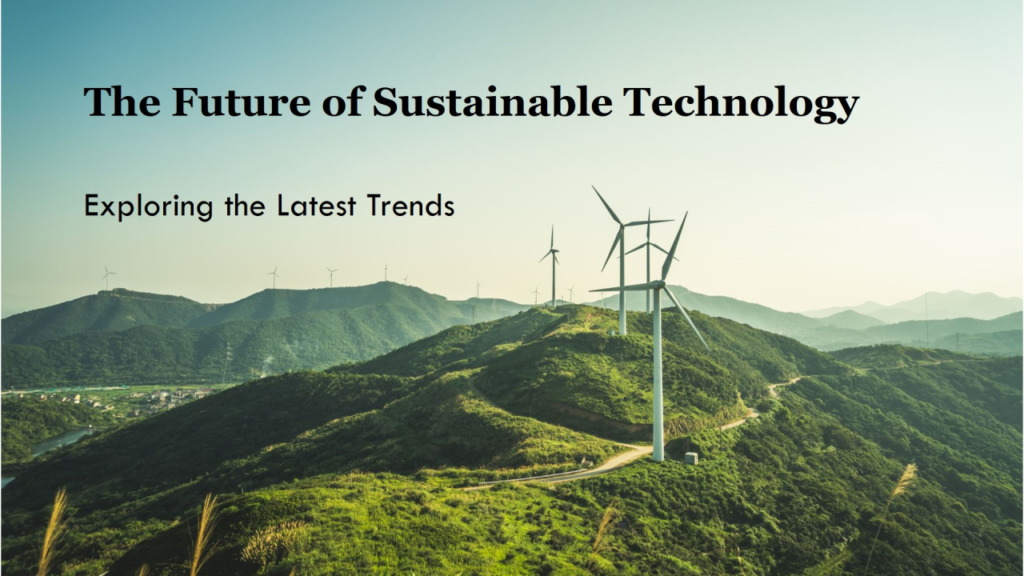
Incorporating Research and Data: A Deep Dive into the Numbers
In today’s data-driven landscape, decisions around sustainable technology are increasingly supported by robust research and real-time data. Let’s look at some key statistics and expert analyses that underscore the rising prominence of green tech.
Investment Growth:
According to Statista, global investments in renewable energy technologies have surged by over 40% since 2020, with projections pointing to further growth as governments ramp up support for sustainable initiatives.Efficiency Improvements:
IEEE studies indicate that modern solar panels and wind turbines have seen efficiency improvements of 15-20% in the past five years, leading to a substantial reduction in overall energy costs.Consumer Adoption:
A recent survey by Gartner reveals that over 60% of consumers now prioritize purchasing eco-friendly and energy-efficient devices, a trend that is likely to shape market dynamics in the coming years.Expert Quotes:
“The integration of sustainable technology in everyday products is not just a trend—it’s a fundamental shift in how we approach energy and resource management,” noted a leading researcher in a 2023 IEEE publication.
“We are witnessing a revolution in material science and energy storage that will redefine our relationship with technology and the environment,” added an expert featured in a Nature article.
For further details on these studies, consider reading more from IEEE (https://www.ieee.org) and Nature (https://www.nature.com). Additionally, explore the latest insights on market trends at Statista (https://www.statista.com) and Gartner (https://www.gartner.com).
Challenges and Opportunities: Balancing Innovation with Environmental Responsibility
While the promise of sustainable technology is immense, it’s not without its share of challenges. Here, we assess the hurdles that innovators face and the opportunities that lie ahead.
Balancing Cost and Sustainability
High Initial Costs:
Many sustainable technology projects require significant capital. The upfront investment in renewable energy infrastructure or advanced battery systems can be steep.Long-Term Savings:
Despite the initial cost, the long-term benefits such as reduced operational costs and lower environmental impacts often outweigh these expenses.Bullet Point Summary:
Lower energy bills
Reduced carbon footprint
Improved efficiency over time
Navigating Regulatory Landscapes
Regulatory frameworks for sustainable technology vary widely from region to region. While some governments provide incentives, others may have more stringent guidelines that slow down implementation.
Opportunities:
Harmonized international standards and policies can facilitate smoother adoption of green tech innovations.Expert View:
“Clear policies and a collaborative regulatory environment are critical for scaling sustainable technology across global markets,” an industry analyst remarked at a recent sustainability summit.
Fostering Innovation Through Collaboration
No single entity can tackle the challenges of sustainability alone. Collaboration between governments, industry leaders, research institutions, and startups is essential for driving meaningful change.
Collaborative Initiatives:
Public-private partnerships.
International research consortiums.
Cross-sector innovation hubs.
Case in Point:
Siemens’ collaborative projects with academic institutions have paved the way for groundbreaking advancements in industrial automation and energy efficiency.

The Human Touch in Sustainable Technology Innovation
Technology is at its best when it improves lives, and sustainable technology is no exception. It’s easy to get caught up in statistics and technical jargon, but let’s not forget the human stories behind these innovations.
Anecdotes from the Field
A startup in Berlin recently discovered that integrating smart mobility solutions could reduce urban congestion and lower pollution levels simultaneously. Their innovative electric scooter-sharing platform has made headlines not only for its environmental benefits but also for its ability to transform everyday commuting. It’s stories like these that remind us of the real-world impact of sustainable technology.
Rhetorical Questions and Reflections
But is this innovation without risks? Of course, every technology faces challenges, and sustainable technology is no different. However, the potential benefits far outweigh the risks when proper measures are taken. These innovations are as much about safeguarding our planet as they are about propelling us into a future where technology and nature coexist harmoniously.
The Role of Public Engagement
Public engagement is crucial. When communities understand and support sustainable technology initiatives, adoption rates increase, and local governments are more likely to implement supportive policies. Education, awareness, and transparent communication are key.

Expert Opinions and Industry Insights
No discussion of sustainable technology would be complete without insights from the experts who are shaping the industry. Here are some thoughts from leading voices:
Dr. Elena Garcia, Renewable Energy Researcher at IEEE:
“Sustainable technology is not a fleeting trend; it’s a fundamental shift. The breakthroughs we’re witnessing in renewable energy and smart grid technologies are just the beginning.”Markus Vogel, CEO of a Berlin-Based Green Tech Startup:
“Innovation in sustainable technology is fueled by a combination of necessity and opportunity. When you see the impact on urban mobility and energy efficiency, it’s hard not to be excited about the future.”Professor Lisa Chen, Environmental Policy Analyst:
“Policy frameworks must evolve hand in hand with technological advancements. Only then can sustainable technology truly transform our societies.”
These expert insights underscore the multifaceted benefits and challenges of sustainable technology while reinforcing the importance of continued research and policy support.
Concluding Thoughts: Embracing a Greener Future
So, where does this leave us? The rise of sustainable technology is a beacon of hope in a world grappling with environmental challenges. Green tech innovations are not only revolutionizing industries but are also paving the way for a cleaner, healthier planet.
While there are challenges to overcome—financial, technical, and regulatory—the benefits of sustainable technology are undeniable. With robust research from IEEE, Nature, and Gartner supporting its potential, and inspiring case studies from Tesla, Berlin startups, and Siemens, the future of sustainable technology looks promising.
As we move forward, collaboration among governments, businesses, and communities will be key to scaling these innovations globally. With every solar panel installed and every smart grid optimized, we are taking one step closer to an eco-friendly future.
In a world where every decision counts, embracing sustainable technology means investing in our future. The innovation, collaboration, and ingenuity driving green tech today will shape a more resilient and sustainable tomorrow. Let’s continue the conversation and work together towards a more environmentally friendly future.
For more on related topics, check out our internal articles on Renewable Energy Trends, AI and Sustainability, and Eco-Friendly Innovations.
Subscribe for weekly tech insights and stay updated on the latest in sustainable technology, green tech innovations, and eco-friendly solutions.






Your enthusiasm for the subject shines through in your writing. It’s infectious!